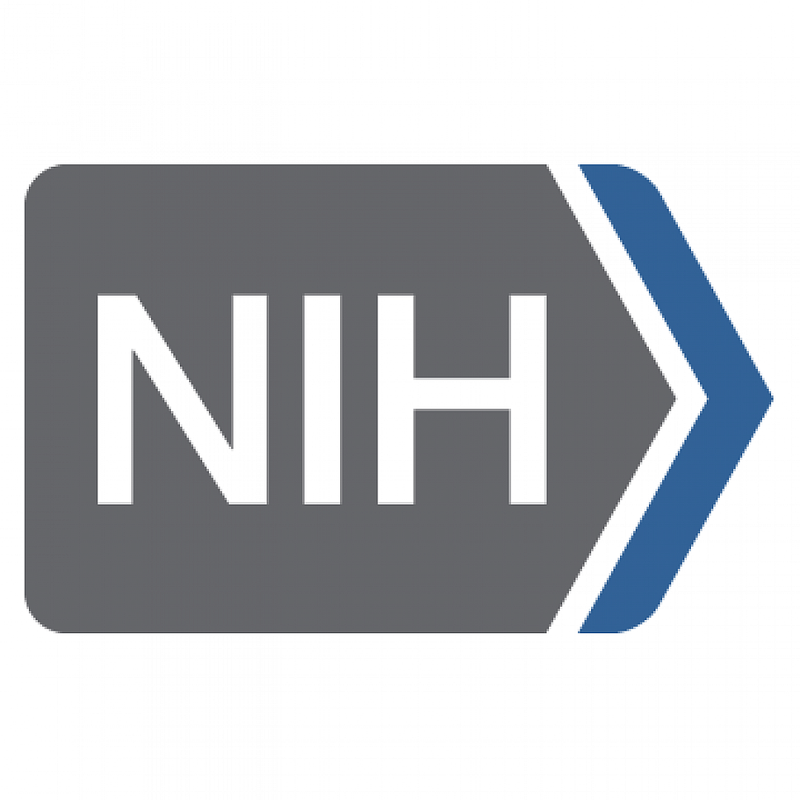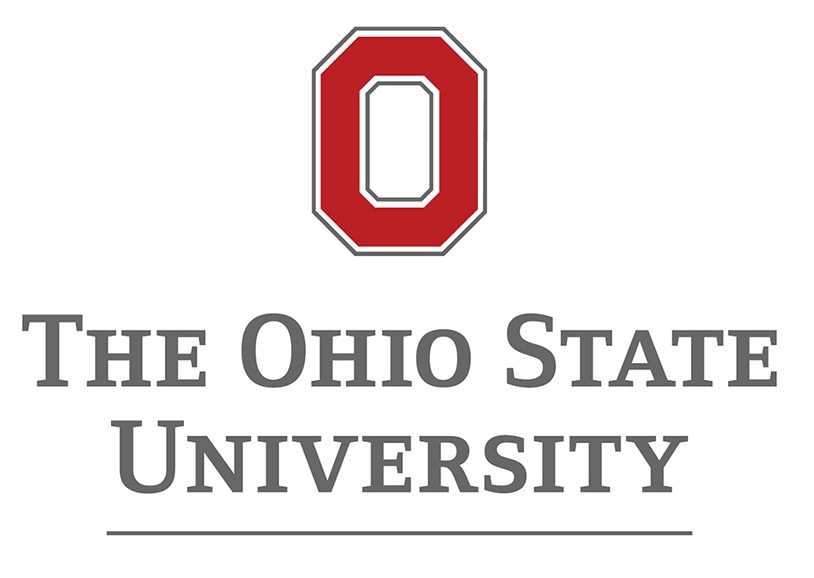Topic 1: Introduction to Biomolecules and Cell Components
LEARNING OBJECTIVES
After completing this lesson, you will be able to:
After completing this lesson, you will be able to:
- Define the basic structure of biomolecules, such as: amino acids and proteins, carbohydrates, fatty acids, triacylglycerol, phospholipids, steroids and nucleic acids.
- Define the meaning and significance of essential and non-essential amino acids?
- Understand the function of enzymes.
- Define the basic structure of ribonucleic acid (RNA) and deoxyribonucleic acid (DNA).
Topic 1: Key Points
In this section, we explored the following main points:
In this section, we explored the following main points:
- Amino acids link together, in a reaction known as peptide bond, to form proteins.
- One important function of protein is to act as enzymes to accelerate chemical reactions.
- Carbohydrates are important energy source required for various metabolic activities and may bind to proteins and lipids that play important roles in cell interactions
- Lipid molecules serve as storage of biological energy and provide the building blocks for biological membranes
- DNA and RNA structures have 3 main differences .The nitrogenous bases (DNA has thymine and RNA has uracil). The DNA molecule is usually double stranded and most of the RNA molecules are single stranded. In the DNA molecule the sugar is deoxyribose and in the RNA molecule the sugar is ribose.





